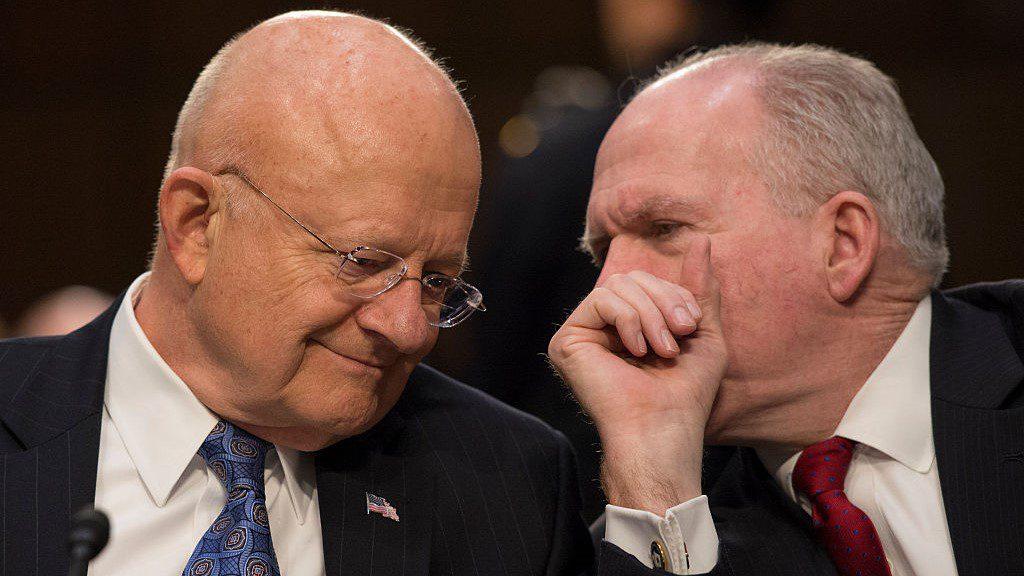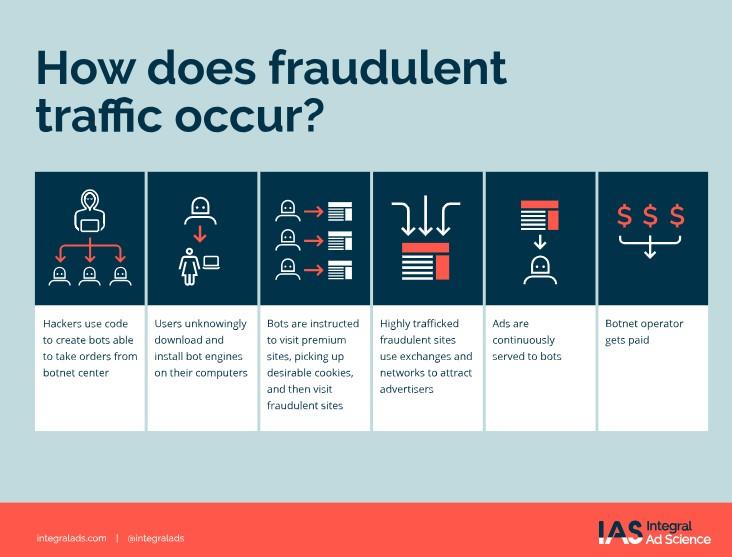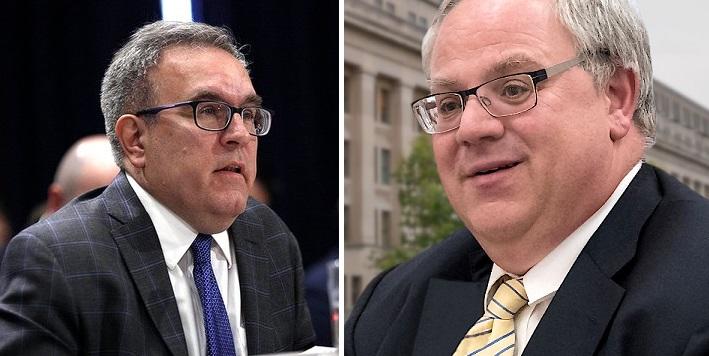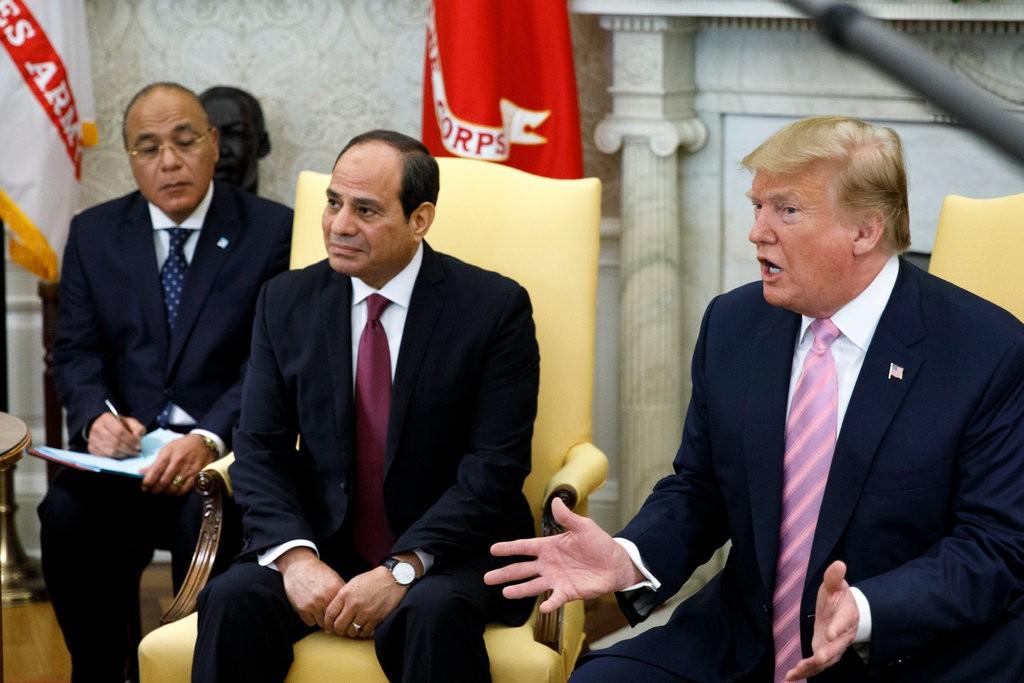Tomorrow, at 2pm, the FOMC will leave its rates unchanged. As RanSquawk notes, the Fed will not publish new economic projections at this meeting (the next SEP is released in June), although the market will be closely watching whether the Fed outlines conditions that might compel the Committee to discuss lowering rates. There are some risks that the Fed might tweak its statement to reflect stronger growth and softer inflation since the last meeting, although the market has already priced in a “goldilocks” environment. There is also a small possibility the Fed could lower its IOER rate, which has been trading 4 basis points below the Effective Fed Funds rate and is in need of adjustment. Overall, the Committee’s tone is likely to remain one of patience and data dependence.
FEDERAL FUNDS RATE: Money markets have assigned a 97.5% probability that the FOMC will keep rates at 2.25-2.50% this week; there is no chance of a hike, and a very small (but not negligible) probability of a rate cut. Recently, remarks made my Charles Evans (voter, dove) have received attention, after he floated the possibility of cutting rates if inflation and inflation expectations decline further. Accordingly, Powell may be quizzed about the conditions the FOMC would need to see that would compel it to begin discussing rate cuts. Looking ahead, there is an approximately 60% chance of a rate cut this year, according to money markets pricing. Analysts at Citi stress that, as before, it does not think the Fed is planning to cut the FFR in the near-term, but instead, it is building optionality to cut rates should it need to in the future, and the hurdle for such cuts remains very low. “The Fed would mostly aim to ratify recent market pricing, but given the most recent moves there is also hawkish risk if Powell pushes away the possibility of rate cuts this year.”
GROWTH: In its last statement (20 March) the FOMC stated that “growth of economic activity has slowed from its solid rate in the fourth quarter,” and that “recent indicators point to slower growth of household spending and business fixed investment in the first quarter.” But looking ahead, “the Committee continues to view sustained expansion of economic activity… as its most likely outcome.” Last week’s Q1 GDP report saw headline growth surprising to the upside at 3.2% Q/Q at a seasonally adjusted annualised rate (the Fed sees growth at 2.1% for 2019 as a whole), however, it was a result of large contributions from the inventory and trade components, which tend to be volatile; there is also an argument that the build-up of inventories could be seen as a negative. That said, Q1 data has historically tended to be underreported, Pantheon Macroeconomics points out (also noting recent research out of the Cleveland Fed, which suggests it is underreported by around 0.6ppts), and it would still be difficult to argue against the underlying economic momentum, at present, and there are some risks therefore that the FOMC might revise its language to reflect this. “The problem for the Fed,” Pantheon says, “is that if growth continues at anything like this pace, the labour market will tighten much further this year, and the question of rate hikes will be back on the agenda.”
INFLATION: PCE data – the Fed’s preferred measure of inflation – this week fell to 1.6% Y/Y in March (exp. 1.7%); Pantheon says this will not have gone unnoticed at the Fed; the consultancy thinks it is most likely noise than it is a signal, “but the Y/Y rate is unlikely to rise much before late summer and could easily dip further in the meantime,” and “if the Fed hikes this year, it will be because of accelerating wages, not the inflation rate at the time.” The FOMC might acknowledge the recent inflation underperformance, with possible tweaks within the statement. (The Committee’s current view: “On a 12-month basis, overall inflation has declined, largely as a result of lower energy prices; inflation for items other than food and energy remains near 2 percent. On balance, marketbased measures of inflation compensation have remained low in recent months, and survey-based measures of longer-term inflation expectations are little changed.”). “Financial markets will focus on whether Fed officials are becoming more concerned about inflation undershooting its 2% target despite economic activity rebounding from the start of the year,” NatWest Markets says, “the Fed isn’t likely to react to one month’s low print. But if core PCE inflation continues to undershoot the central bank’s 2% target over the next few months, FOMC officials may consider the need for fine-tuning interest rate cuts to push inflation higher again.” Charles Evans, a dove who votes on policy this year, recently remarked that if PCE inflation fell to the threshold of 1.5%, it should prompt discussions on the Committee about cutting interest rates. Given Evans’ policy stance, it is unlikely to be reflective of the FOMC consensus view, though Chair Powell will be asked about the extent to which this view – as well as other conditions that could compel the Fed to discuss cutting rates – is prevalent on the Committee.
IOER: Analysts note that the premium of the Effective Federal Funds Rate (EFFR) over the Interest On Excess Reserves (IOER) has widened to a record 4bps recently. Goldman Sachs observes that volume in Fed Funds trading has slipped by as much as USD 20bln over the last fortnight, with the bank suggesting it is likely a result of Federal Home Loan Banks shifting some of its lending into repo markets (banks can currently earn higher rates by lending in repo markets rather parking its cash at the Fed and earning a lower IOER rate), and the elevated repo rates have spilled over into the Fed Funds market. There are also other suggestions that it could be indicative of tight dollar liquidity in Asian markets. GS expects some of the fall-off in Fed Funds volumes to reverse, with the EFFR stabilising around 2.42-2.43% before a further erosion in reserves causes a gradual resumption in its drift higher. Goldman therefore assigns a one-in-three chance that the Fed could cut the IOER rate from the current 2.40% if the EFFR remains at 2.44%, with the bank stating that the probability might increase if the rate remained elevated into the FOMC meeting.
FINANCIAL CONDITIONS: Most regional Fed surveys have surprised to the downside in April, UBS points out, and its own model is also expecting a slower growth momentum in April. And on a broad trade-weighted dollar basis, USD is near its all-time highs. UBS says this 1) it highlights that this cycle is different than 2008, 2001; 2) the USD strength has a domestic effect, as it offsets the lower rates guidance for 2019; and if this is becoming an increasing discussion within the Fed, it would most likely appear in the press conference, and buzzword would be any focus on financial conditions.
ON THE HORIZON. It is worth noting that following the rate decision, there are five 2019 policy voters scheduled to speak later in the week — Vice Chair Richard Clarida, Governor Michelle Bowman, NY Fed’s John Williams, James Bullard and Charles Evans – as well as other Fed Presidents. Looking slightly further ahead, the Fed will in June hold its ‘Conference on Monetary Policy Strategy, Tools, and Communication Practices’, a so-called ‘Fed Listens Event’); analysts will be looking for clues on the central bank’s future policy framework, which may see adjustments to the way it targets inflation, a review on the merits of the FOMC’s (infamous) ‘dot-plot’, Fed communications, and perhaps the pros and cons of price level targeting. BofAML think the Fed will soon indicate that it is comfortable with core PCE inflation in the 1.5-2.5% range. “This would allow a late-cycle overshoot, which is necessary for inflation to average 2% in the long run. We think the Fed is also being patient in order to assess downside risks to global growth and determine how last year’s confidence shock and financial tightening will impact growth.”
via ZeroHedge News http://bit.ly/2Vy45Ar Tyler Durden











